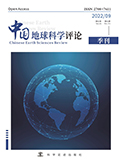参考文献
[1] Dupraz C, Reid R P, Visscher P T, et al. Microbialites, modern[J]. Encyclopedia of geobiology, 2011: 617-635.

